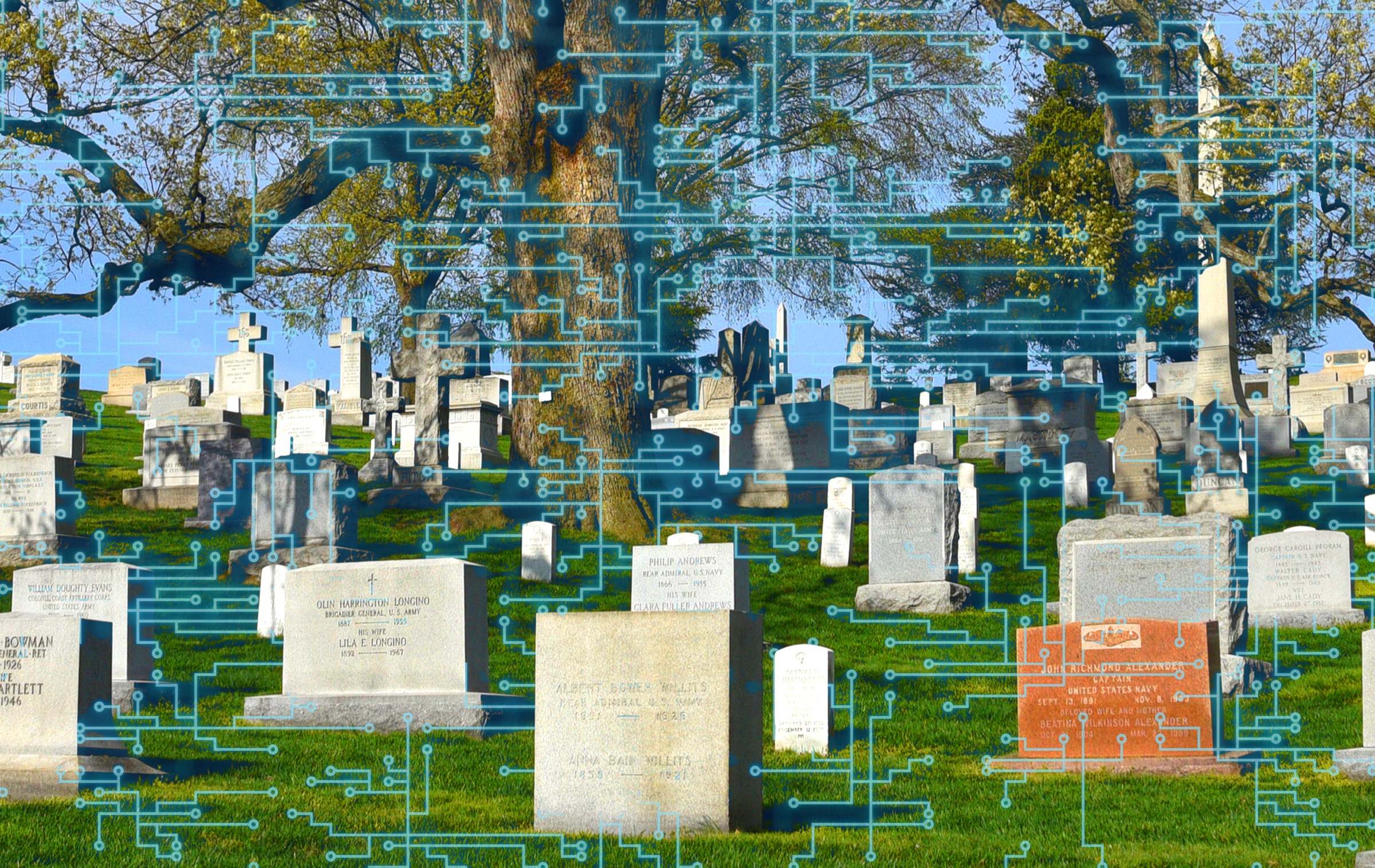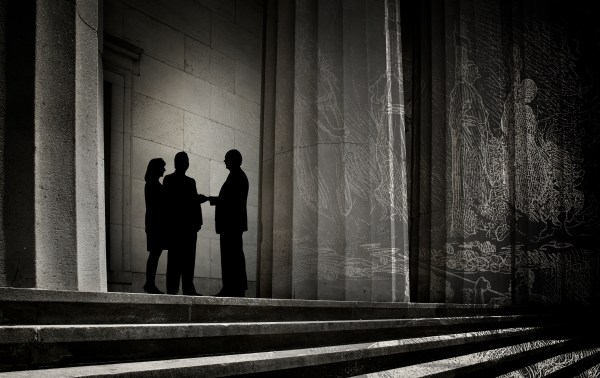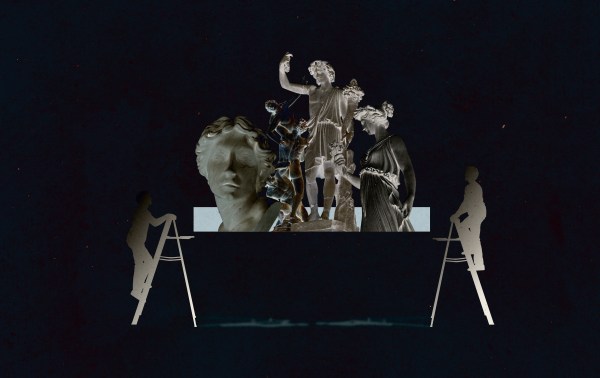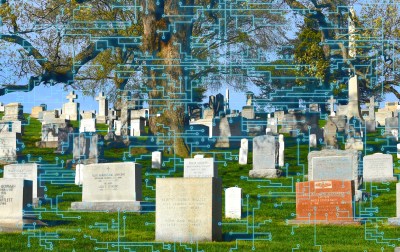Turn any article into a podcast. Upgrade now to start listening.
Premium Members can share articles with friends & family to bypass the paywall.
The internet erupted earlier this year when the latest update of ChatGPT demonstrated that it could generate images eerily close to the lovable style of Japanese animation powerhouse Studio Ghibli. At first it was harmless fun: A friend of mine texted me a cute take on the Shakespeare play Henry V. On social media, I was greeted with images of Elon Musk jumping for joy at a Donald Trump rally and Christian Bale’s Patrick Bateman from American Psycho, transformed into a much cuddlier incarnation of his vicious live-action counterpart.
Then the official White House X account had to ruin the whole thing days later by tweeting a Ghiblified image of a fentanyl dealer being arrested. By this point, a mildly humorous meme had turned into a mean-spirited joke, one that was about as far removed from the wondrous worlds of Spirited Away and Howl’s Moving Castle you could possibly get. Be glad that Hayao Miyazaki, famously a Luddite, does not own a smartphone. The same man who reacted to a different kind of artificial intelligence with visual disgust nearly a decade ago and is known for being a left-leaning critic of Trump would probably have dropped dead of shock seeing his iconic art style being misused for purposes far beyond its intended use.
Unfortunately, an increasing number of people seem oblivious to the concept of AI misuse in the first place. From creepy spam posts on Facebook to factually dubious, AI-generated books about Charlie Kirk that appeared on Amazon just hours after the late political activist’s assassination, we’re entering territory that not even Skynet could have come up with.
Even your beloved childhood icons aren’t safe. In September, Los Angeles Comic Con made headlines for opting to revive Stan Lee—the creator of many of Marvel Comics’ most beloved characters, and a man who died in 2018—via an AI hologram, which the organizers claimed would “extend” his legacy. For the price of $15 to $20 a pop, convention visitors had three minutes to chat with what was essentially the digital corpse of an old man being paraded out and fed data to create the illusion of real conversation.
Bob Sabouni, a former Marvel executive behind this unnerving electronic necromancy, was adamant that the event’s hologram would never “put words in his mouth that aren't in line with things he spoke about in his lifetime.” Sabouni went on to say: “With decades of footage capturing his thoughts on so many subjects, we can build a voice that stays true, not always word for word, but always faithful in spirit, context, and intent.”
I’m not buying this corporate sweet talk, nor should you. The final results, to put it mildly, are a phony imitation of human speech and intention. Watching some of clips posted online shows the AI re-creation of Lee giving what is clearly a pre-recorded spiel containing general remarks about the convention. When asked an audience question about the X-Men franchise’s ties to the civil rights movement, the AI pauses for a bit, refers to itself in third person, and spouts out a bland message that sounds like it was generated by ChatGPT. The tuning of the voice sounds slightly off compared to the introduction, likely because the program still needed time to algorithmically piece the words together.
Will this technology eventually be indistinguishable from a real human being? Perhaps, but artificial intelligence by nature can only make an educated guess on what a departed person might have said. While L.A. Comic Con organizers were confident that they put “rails on the side” to curate what lines came out of their avatar’s mouth, at the end of the day none of these cheap parlor tricks can truly claim to be Stan Lee. So-called “rails” can also be easily sidestepped. Take the AI appearance of Darth Vader in the popular online video game Fortnite, which utilized the late James Earl Jones’ voice, for example. It took mere hours for the countless players who partake in the shooter game to get the Vader AI to swear and say a host of other slurs.
This raises serious ethical questions around the consent of the deceased. AI technology was barely in its infancy when Lee died in 2018; pair this with the lack of remarks made by his family, and it’s very unlikely that Lee signed away his likeness to be used in such a manner. James Earl Jones, on the other hand, did sign over his Darth Vader voice rights to Lucasfilm, and Vader’s appearance in the 2022 Obi-Wan Kenobi television series was generated when Jones was still alive. While it sounded passably convincing enough, Star Wars fans have noted that other voice actors such as Matt Sloan and Scott Lawrence are more than capable of playing the Sith Lord, which only makes you ask why an AI voice is needed at all.
Jones, however, is the best-case scenario. When Rogue One: A Star Wars Story hit screens nearly a decade ago, controversy arose over Disney’s decision to utilize a CGI re-creation of Peter Cushing for the role of Grand Moff Tarkin. This being 2016, AI itself was not used. Living actor Guy Henry instead provided the physical and vocal performance via motion capture, while Cushing’s likeness was applied in post-production.
Cushing’s estate consented to the whole endeavor, but that ignores the elephant in the room. Would the man himself have done so? Having died long before any of these technological concepts existed, we simply have no idea. A more egregious example can be seen in 2023 DC Extended Universe film The Flash. Banking on the multiverse trend that Hollywood seems to be obsessed with this decade, the film revolves around the eponymous superhero traveling to different universes and encountering variants of DC characters. Among them are the Superman incarnations played by the late Christopher Reeve and George Reeves, depicted on screen completely through CGI.
Warner Bros. was seemingly able to get away with this due to studios typically owning broad rights to footage of existing performances of iconic characters, which can then be used for derivative purposes such as digital manipulation. California’s postmortem right of publicity law, which was expanded in 2024 to cover AI, generally protects the rights of deceased personalities for 70 years after their deaths, but Reeve’s performance appears to fall into the exceptions category. Broad First Amendment protections allow for digital re-creations of dead actors to appear in tribute works like documentaries or have minor incidental usage in fiction—like in The Flash.
But beyond the legal ramifications of reanimating a dead actor are the moral ones. George Reeves’ portrayal of Superman in the 1950s temporarily resulted in great fame, but he struggled to find other work, likely due to typecasting. Reeves died in 1959—officially due to suicide, though the exact circumstances remain controversial—and it’s well-known that he had become disillusioned with the character of Superman and believed that the role prevented him from advancing his career. It’s an open question, then, whether he would have approved of his reappearance in The Flash, or been horrified by it.
One could argue that the CGI resurrection of both Supermans is simply the latest incarnation of tone-deaf corporations attempting to profit off of nostalgia, but the consumer side has its share of blame, too. Zelda Williams, daughter of the late actor Robin Williams, responded to fans sharing AI videos of her father:
Please, just stop sending me AI videos of Dad. If you’ve got any decency, just stop doing this to him and to me, to everyone even, full stop. It’s dumb, it’s a waste of time and energy, and believe me, it’s NOT what he’d want. To watch the legacies of real people be condensed down to ‘this vaguely looks and sounds like them so that’s enough’, just so other people can churn out horrible TikTok slop puppeteering them is maddening. You’re not making art, you’re making disgusting, over-processed hotdogs out of the lives of human beings, out of the history of art and music, and then shoving them down someone else’s throat hoping they’ll give you a little thumbs up and like it. Gross. And for the love of EVERY THING, stop calling it ‘the future,’ AI is just badly recycling and regurgitating the past to be re-consumed. You are taking in the Human Centipede of content, and from the very very end of the line, all while the folks at the front laugh and laugh, consume and consume.
Despite Williams’ protests, there is a case to be made that all of this is already a losing battle, because more and more are buying into AI as a replacement for human beings. ChatGPT offers a virtual companion feature that can act as boyfriend or girlfriend in some twisted facsimile of a romantic relationship—ironically a phenomenon that Spike Jonze’s Her predicted back in 2013. Tech companies are already trying to use AI to “bring back” deceased loved ones based on the existing records they left behind.
On a more philosophical level, I wonder if we’re entering a Black Mirror-esque world where it becomes increasingly impossible to accept that the dead are no longer with us. In the same year that Her hit cinemas, the Season 2 premiere episode of Charlie Brooker’s Twilight Zone-esque sci-fi television show explored a widow attempting to cope with the loss of her dead husband. She discovers an online service that can digitally re-create a person through past online communications and social media, with a more advanced version being able to transfer that consciousness to a high-tech android. Predictably, the robot’s limitations are gradually revealed, and the protagonist eventually has to come to terms with the fact that her husband is truly gone.
At least, sort of. Somewhat unsatisfyingly, the episode ends with the widow keeping the android around. She accepts that it isn’t her husband, but at the same time, she is also unable to dispose of it due to the attachment she has fostered. Back in 2013 this may have been an interesting what-if fictional scenario, but over a decade later we’re now approaching it becoming a reality. Until recently, the passing of someone marked the end. A dead relative or celebrity’s legacy may live on through the memories they leave behind, but no one would expect new material and new conversations from beyond the grave. Today, via artificial intelligence, everyone from tech companies to media conglomerates are trying to flip the script on how humans have perceived life and death for, well, ever.
The reality is that Stan Lee, James Earl Jones, Robin Williams, and countless other celebrities are gone. My father, who passed away from colon cancer in 2021, is gone. My 96-year-old grandmother, who outlived him and survived everything from World War II to the Chinese Cultural Revolution, is gone. The passing of life has always been a natural part of the human condition. Yet tech companies—and Hollywood—seem intent on unmaking this. Who’s to say that we won’t soon be living in a world where asking dead family members for advice becomes as normal as doomscrolling through social media and watching YouTube?
This potential future is concerning for a few reasons. First, tech companies will undoubtedly exploit people’s grief with fraudulent promises that their AI recreations are the same thing as those who have died. But not even the most advanced artificial intelligence system can be 100 percent identical to a human being. The technology will undoubtedly improve, but there will always be some slight flaws or bugs that destroy the illusion. Think about all the in-jokes, intimate memories, and deep conversations you’ve had with people that were never recorded. AI has to draw upon existing data to attempt recreation, but the final results will never be able to match a collective of real human experiences. Second, these flaws are liable to create even more problems among bereaved users. Countless studies have shown how untreated grief significantly impacts physical and mental health. AI will not fix these problems; it will only exacerbate them by delaying people from facing reality.
In 1973, famed actor and martial artist Bruce Lee unexpectedly died at the age of 34. Despite his intended magnum opus Game of Death not being completed, the yellow jumpsuit he wore in the film has remained an enduring symbol appearing in pop culture for more than 50 years—and Bruce Lee himself is synonymous with kung fu cinema to generations born long after his era. Akin to James Dean, he continues to live on through the sheer influence he imparted on others, even if his life was cut short. None of that was achieved through artificial intelligence, but with something organic that technology is incapable of doing, no matter how advanced it gets. Lee and Dean are beloved icons because so many people treasured their brief presence and knew nothing could replace them. The Hong Kong film industry certainly tried with its Bruceploitation fad, but even audiences back in the 1970s largely rejected the concept of a “new” Bruce Lee.
As AI develops, legislation will likely throw a wrench in some companies’ abilities to capitalize off digital necromancy. But in the meantime, and perhaps despite legislation, we’re about to enter a brave new world of social consequences that few will likely be prepared for. So we should say no to this part of AI—while we still can.






Please note that we at The Dispatch hold ourselves, our work, and our commenters to a higher standard than other places on the internet. We welcome comments that foster genuine debate or discussion—including comments critical of us or our work—but responses that include ad hominem attacks on fellow Dispatch members or are intended to stoke fear and anger may be moderated.
With your membership, you only have the ability to comment on The Morning Dispatch articles. Consider upgrading to join the conversation everywhere.